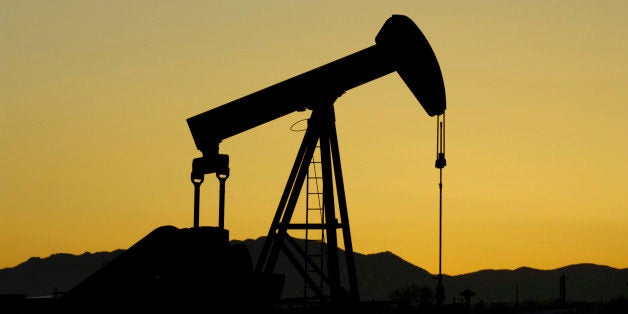
What a difference a couple of decades can make. OPEC's decision to maintain production has rocked the TSX, sending energy companies as well as governments scrambling to figure out what to do in a new world order where oil prices might continue to slide. Rewind to the energy crisis in the 1970s and a decision by OPEC to keep pumping oil would have been cheered by investors not to mention motorists and the rest of the economy.
For decades, oil-consuming countries in the West have yearned to wean ourselves from our dependence on OPEC and, more to the point, its power to send prices spiking with the turn of a few spigots. Ironically, now that we no longer rely directly on the cartel for fuel the way we once did, suddenly we wouldn't mind if they behaved exactly as we once feared.
So what's changed? For North America, quite simply, it's energy independence. Long the holy grail of US energy ambitions (and, by extension, many Canadian ones as well), the shale revolution has essentially made it a reality. Not long ago it wasn't that uncommon to see a US president fly to Saudi Arabia to plead for more production and relief from the economic yoke of high oil prices. These days, we'd be more likely to see President Obama or Prime Minister Harper making the trip to lobby for the opposite on behalf of North America's oil producers.
One's take on oil prices, like so much else, is a matter of perspective. Once upon a time, we used to see OPEC from the point of view of oil consumers. As production has gone up around North America--in Alberta, Saskatchewan, North Dakota, Texas and elsewhere--our frame of reference has changed. Burgeoning oil production in Canada and the US means high oil prices are no longer the economic bugaboo they once were.
On the surface, decreasing our reliance on imports from Saudi Arabia and the rest of OPEC might seem like a resounding win, but a closer look shows a situation that's not nearly that black and white. Instead of relying on OPEC to supply our oil needs, we now find ourselves counting on expensive domestic crude. It's a spot that's not as secure as we may have once hoped. Relying on high cost oil means oil prices must remain high to keep everything on track. Take them away and it's not long before the cracks begin to show.
Once again, the irony of the situation is hard to miss. The whole idea behind energy independence was to insulate our economies from OPEC's ability to manufacture the same high prices that our own domestic oil industries now require. As for consumers, it bears asking whether they're really any better off paying high prices for oil that's pumped close to home versus crude that's imported from overseas. Aside from the odd Tesla owner, most North American drivers wouldn't mind seeing OPEC pump as much oil as it can to drive prices even lower.
No doubt that Saudi Arabia would be fine with regaining its former dominance over the global oil market, but for the moment such thinking isn't really what matters. The Saudis aren't the ones in trouble right now. Saudi production costs are a fraction of those from the new supply sources that are driving the gains in North American oil production. Why should the onus be on the low cost producer to cut supply? If crude prices keep sliding, market forces will dictate which oil production will be shuttered and which will keep flowing.
What does that mean for North American energy producers? It's not hard to guess. Lower oil prices mean more projects in Alberta's oil sands will be scaled back or shelved entirely. The benchmark price of oil sands crude, Western Canada Select, has now dipped below $50 a barrel. At that price, not only are plans to double output from the oil sands no longer commercially viable, but current production levels also come into question. Energy giants such as Shell, Statoil, and Total SA have already cancelled plans for multi-billion dollar projects in northern Alberta and if prices keep falling don't be surprised if you hear that existing production starts getting pulled out of the market as well. If West Texas Intermediate drops another $10 or so, the profitability of US shale plays will start to look similarly marginal.
With OPEC maintaining the status quo, North America's high-cost oil producers can either choose to cut output or face even lower prices. Either way, the outlook isn't bright. For the last few years, energy independence seemed like a pretty good deal. What we're on the verge of discovering is that much of the production that makes it possible isn't viable in a world of falling oil prices.